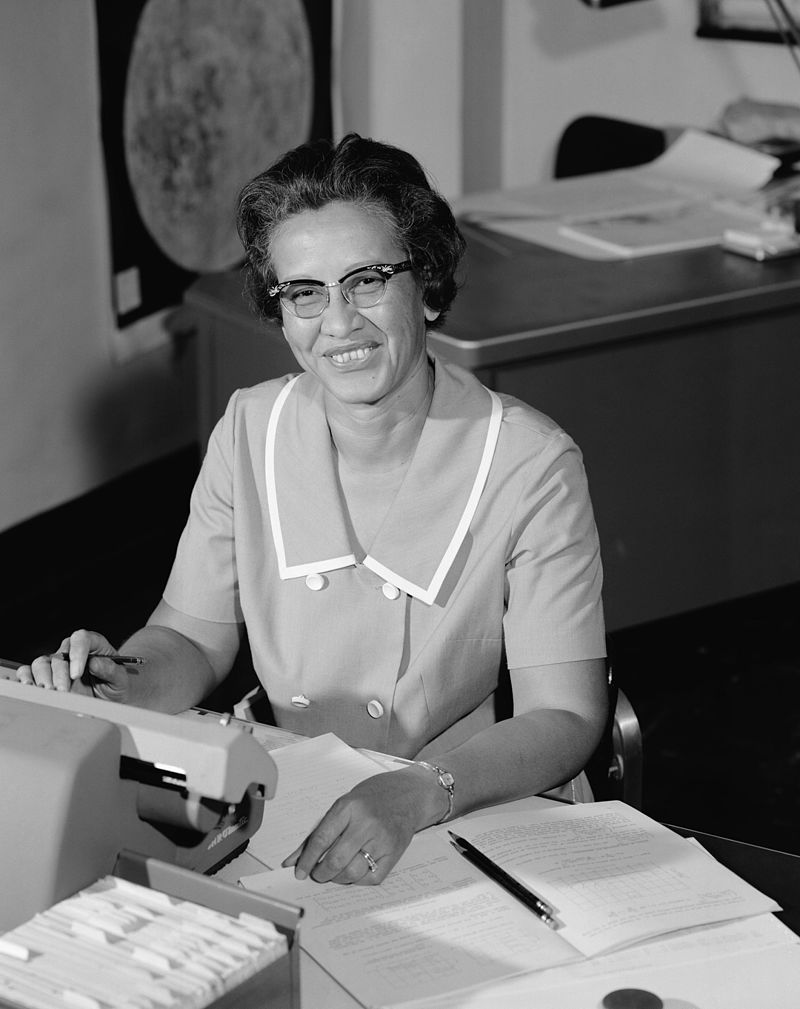Here are a few of the stories that we didn’t get round to covering in depth this month.
Turing’s Sunflowers Project – results
Manchester Science Festival’s mass-participation maths/gardening project, Turing’s Sunflowers, ran in 2012 and invited members of the public to grow their own sunflowers, and then photograph or bring in the seed heads so a group of mathematicians could study them. The aim was to determine whether Fibonacci numbers occur in the seed spirals – this has previously been observed, but no large-scale study like this has ever been undertaken. This carries on the work Alan Turing did before he died.
The results of the research are now published – a paper has been published in the Royal Society’s Open Science journal, and the findings indicate that while Fibonacci numbers do often occur, other types of numbers also crop up, including Lucas numbers and other similarly defined number sequences.

 Mega-late to the party, I’ve now arrived back from a week lecturing in Indonesia and have found time to go and see the incredibly well-received and widely talked-about NASA women maths film, Hidden Figures. I’ve heard an incredible number of wildly positive responses to the film,
Mega-late to the party, I’ve now arrived back from a week lecturing in Indonesia and have found time to go and see the incredibly well-received and widely talked-about NASA women maths film, Hidden Figures. I’ve heard an incredible number of wildly positive responses to the film,